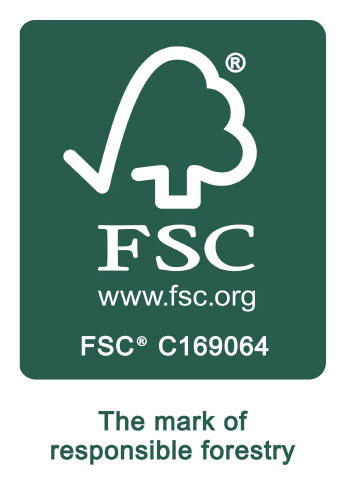The recent Government ban on polystyrene cups and containers has encouraged many retailers and manufacturers to look at alternatives. From takeaway packaging to protective box inserts for machinery, we’ve helped brands shift from polystyrene to cardboard.
We’ve now discovered a British designer, known for his polystyrene creations, who is exhibiting a collection of cardboard furniture. So, we had to find out more!
Box Exhibition: Showcasing Cardboard Furniture
Max Lamb studied at the Royal College of Art and has exhibited works in galleries across the globe. Born in Cornwall, he has a fascination with handling materials and exploring their structural potential. He has carved, shaped and formed stools, chairs and other furniture from textile waste, industrial springs and timber. However, he is best known for his artworks in polystyrene.
Gallery Fumi in Central London is the current home of his latest collection; Box. Gallery Fumi champions conceptual designers who create handmade objects with an experimental use of traditional materials or craft techniques. And, this exhibition is no exception.
Box includes 23 chairs, several tables, a sofa and a planter. True to form, Max Lamb has ensured that the material these items are made from is visible. In this exhibition, it’s all corrugated cardboard – the clue is in the name!
Versatile and Strong Corrugated Cardboard
With a studio full of postal boxes, in which materials and artworks were shipped, cardboard was a readily available resource for this artist. For him, it had long proved a cheap and simple option for producing prototype models, but until now, scaled-up designs were formed from other materials. However, one day Max Lamb started to explore whether full-sized, useable furniture could be made from cardboard boxes.
He committed to only using waste cardboard and not purchasing any new material for the project.
Keen to retain the fully recyclable quality of cardboard, a flour and water paste was used to adhere the material together. The combination of homemade glue, layers of cardboard and an internal lattice for reinforcement, provided versatile and strong furniture.
Some of the furniture items are untreated, on others, linseed oil or mineral paint adds colour or tonal distinction. These finishes were chosen as they do not compromise the recyclability of the chairs.
Infinitely Repairable Cardboard Furniture
Max Lamb is keen to point out that his chairs and tables are infinitely repairable. Interestingly, it just requires a leftover cardboard box and a mixture of flour and water to address any areas that get damaged. What’s more, anyone can get their hands on these everyday materials. As a result, you might never need to buy replacement furniture again!
Plastic-free, repairable and 100% recyclable, it sounds as though more of us should be thinking beyond the box. It certainly raises the question of how other designers can develop the structural potential of corrugated cardboard?
Further information on Gallery Fumi: https://galleryfumi.com/about
Further information on Max Lamb: https://www.dezeen.com/tag/Max-Lamb/
Polystyrene to Cardboard Packaging
If your company is looking to shift away from polystyrene, foam and other plastics to a sustainable packaging material, we can help. As specialist cardboard manufacturers, we provide off-the-shelf options along with bespoke boxes to fit your exact requirements. So, what do you need?
Our team can provide plastic-free fillers, moisture-resistant coatings and a range of print finishes, all of which are fully recyclable.
Get in touch at enquiries@abcbox.co.uk or 01296 436888 to discuss the options, get our packaging advice and request a quote.
